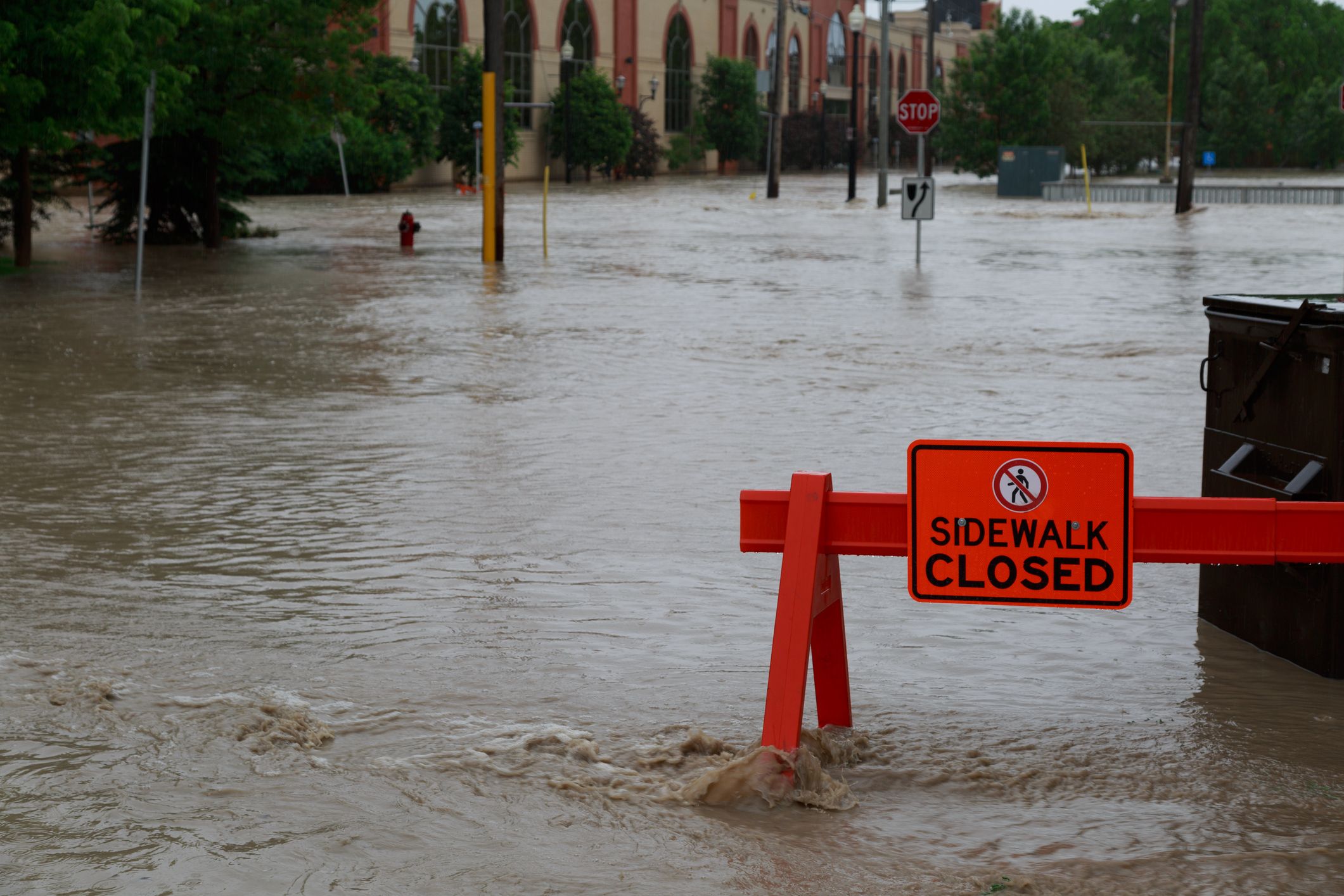Ontario’s 2019 Budget was released on April 11, 2019 and conservation authorities have received no confirmation about the status of their important provincial transfer payments.
The transfer payments that conservation authorities receive ensure safe drinking water, protect people and reduce costly damages from flooding, and help Ontario to adapt to climate change impacts such as threatened water quality.
“Ontario’s 36 conservation authorities receive transfer payments for natural hazards and drinking water source protection programs and we don’t know yet if there are changes to this funding,” said Kim Gavine, general manager of Conservation Ontario.
The Ministry of Natural Resources and Forestry’s natural hazards programs help to fund activities such as floodplain mapping, flood forecasting and warning, monitoring and emergency planning. The programs also address priority issues around aging flood prevention infrastructure such as dams.
The Ministry of Environment, Conservation and Parks’ Drinking Water Source Protection program funds source protection planning and implementation programs that protect important urban and rural sources of drinking water. This program was established after the Walkerton contaminated water tragedy in May 2000 when 7 people died and over 2,000 people were made sick by contamination at a municipal well site.
Conservation Ontario is following up with the Government of Ontario to clarify the status of the transfer payment funding. “Since all transfer payments have been under the microscope, we expect to hear something very shortly about the conservation authorities,” Gavine said.
Conservation Ontario represents Ontario’s 36 Conservation Authorities, which are local watershed management agencies. They are mandated to ensure the conservation, restoration, and responsible management of Ontario’s water, land, and natural habitats through programs that balance human, environmental, and economic needs.













